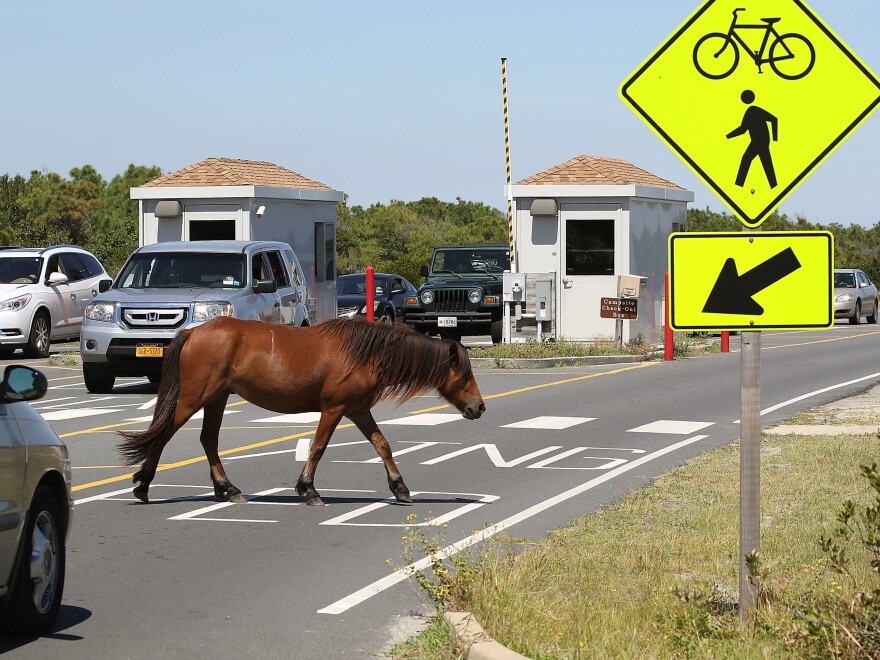The mysterious origin story of the wild ponies on Assateague Island might finally be closer to being resolved, thanks to a recent scientific discovery that all happened by chance.
The island is a barrier that spans the borders of Maryland and Virginia, and is famous for its wild pony population. Throughout, you will see these small horses grazing, walking and just hanging out. Visitors can camp on the beach and enjoy a unique vacation spot that allows the four legged inhabitants to interact with guests.

But the ponies are not native to those beaches. And rather than being wild horses, they're considered feral (and have been known to bite overly curious humans.) One of the larger herds lives in the Chincoteague Wild Refuge on Virginia's part of the island.
For years, people have speculated over how they ended up there. Local legend says that a ship wrecked off the coast centuries ago, and the domesticated horses onboard swam to shore. But there's never been any records of that ship or any concrete evidence that this could be the case — until now.
A scientist in Florida may have uncovered a connection to the horses and their DNA, and it all happened by accident.
Nicholas Delsol is an archaeologist at the Florida Museum of Natural History and specializes in cows, and he decided to look into a fossilized tooth that had been with the museum since the 1980s. It was originally labeled as a cow tooth, but after running some tests and analyzing data, it turned out to belong to a very particular type of horse.

"When looking at the most closely related animals, we found out that the closest relative to them were Chincoteague ponies," Delsol said. "Cows, like horses and like many other domestic mammals, didn't exist in the Americas prior to the arrival of the Europeans."
He found that the tooth was discovered in an archaeological site in Haiti, which was previously occupied by Spanish colonists.
"The thing that [we know] for a fact is that these horses, the Chincoteague ponies, are very closely related to colonial horses from the Caribbean Spanish colonies," he said.
So while this doesn't necessarily confirm the local legends, this finding might give some credence to that shipwreck theory. Delsol said it would also be immensely helpful in aiding other areas of research.
"We're studying animal bones, but we were also using the study of animal bones to document human behavior in the past in human cultures, being convinced that it will help us also better understand the role played by horses and potentially other animals in the colonial Spanish society," he said.
Copyright 2022 NPR. To see more, visit https://www.npr.org.










